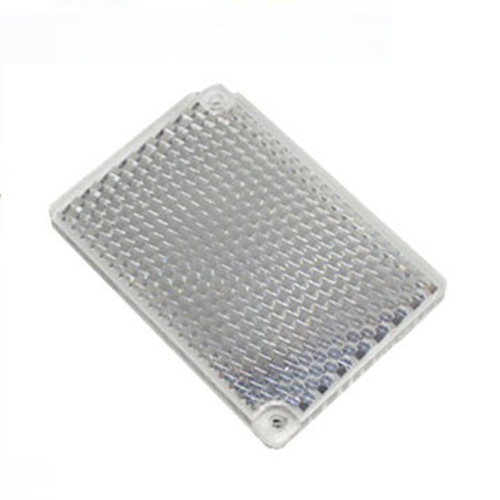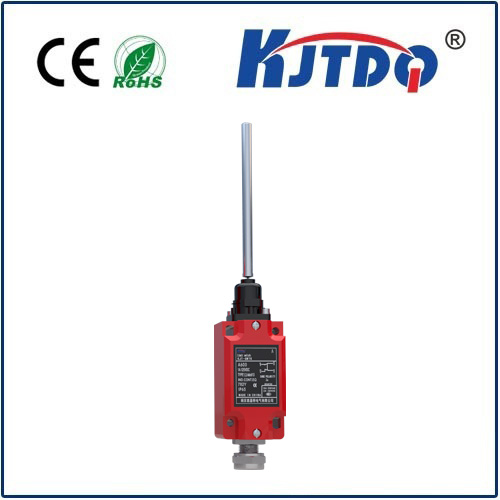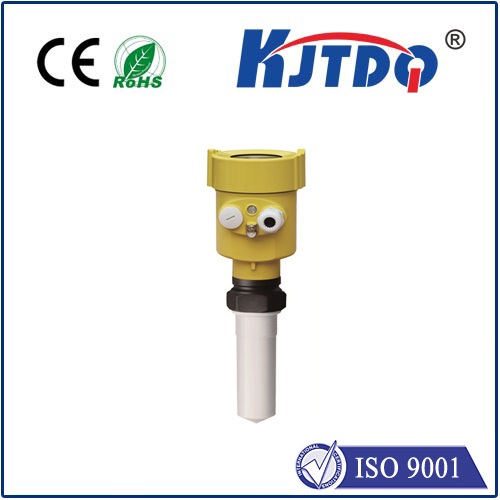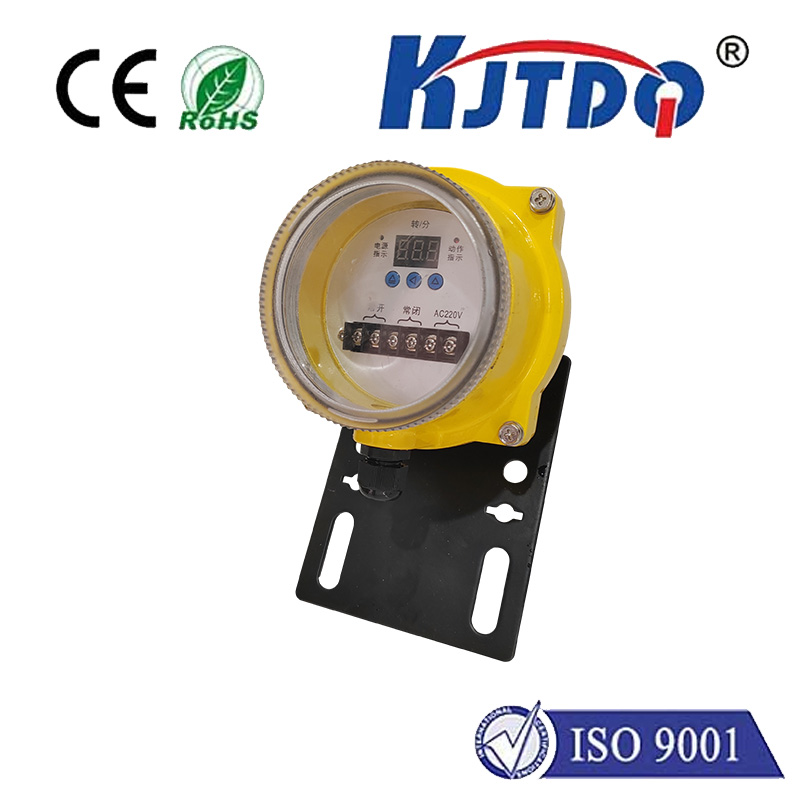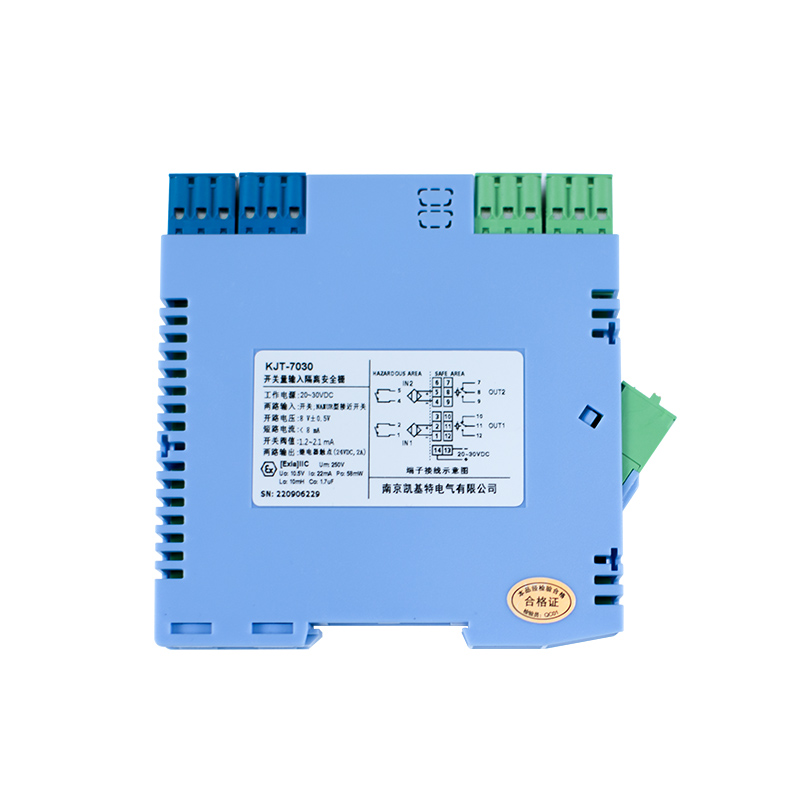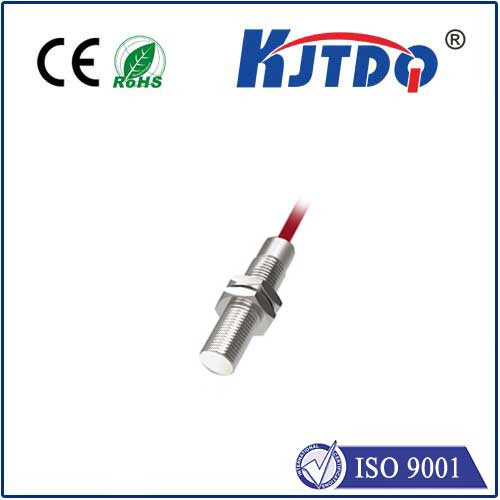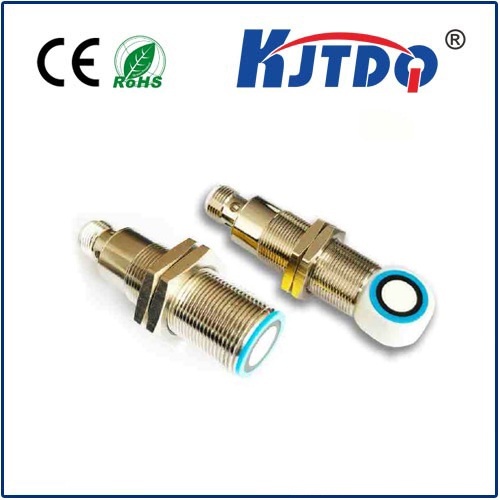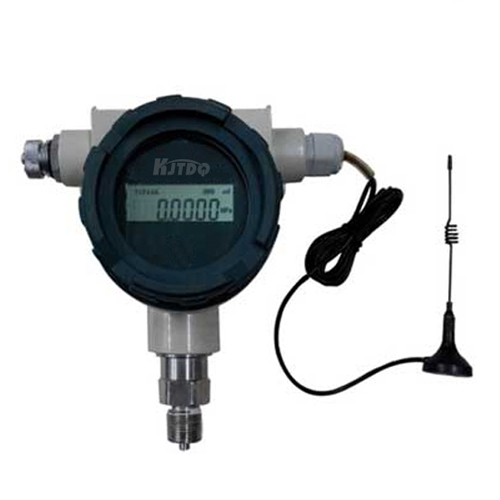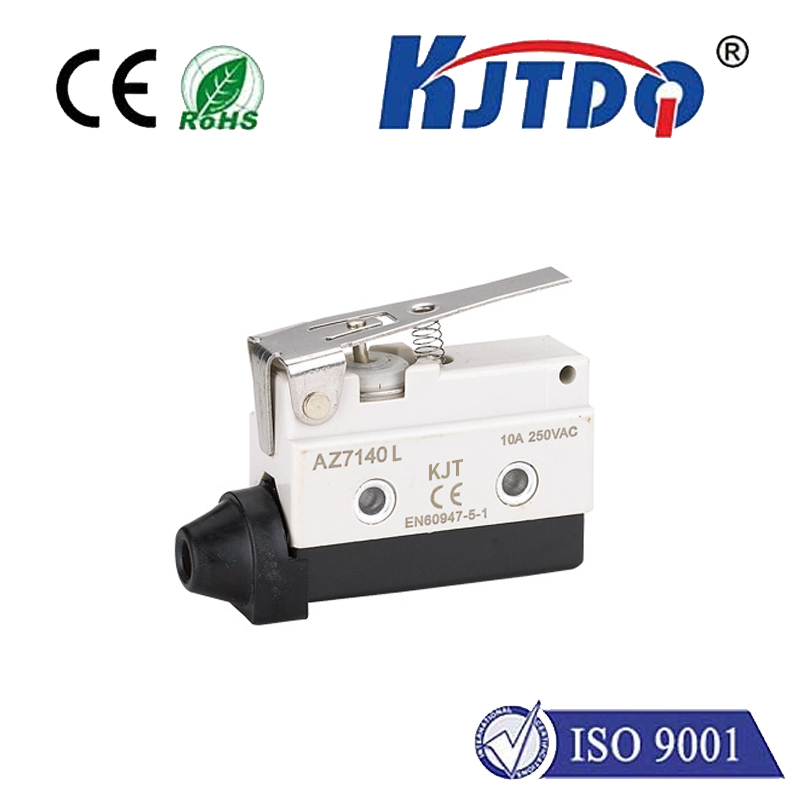Датчик давления
- time:2025-08-19 11:28:11
- Нажмите:0
Pressure Transducers: The Essential Sensors Powering Precision Measurement Across Industries
Imagine a world without accurate pressure monitoring. Your car’s engine might seize, medical ventilators could malfunction, aircraft altitude readings would be unreliable, and industrial processes would become chaotic and unsafe. At the heart of preventing these scenarios lies a critical component: the Датчик давления. Often simply called a pressure transducer or Датчик давления, this device is fundamental to countless applications where precise pressure measurement is non-negotiable. This article delves into the workings, types, applications, and vital role of these indispensable sensors.
Understanding the Pressure Transducer Sensor
At its core, a Датчик давления is a sophisticated device designed to convert an applied physical pressure (force per unit area) into a proportional, measurable electrical signal (most commonly voltage, current, or frequency). Think of it as a translator, taking the language of mechanical force and converting it into the electrical language understood by control systems, displays, and data loggers.
The magic happens through various physical principles. When pressure is applied to the sensing element within the transducer, it experiences a physical deformation or change. This change is then detected and converted into an electrical output. Common methodologies include:

- Strain Gauges (Piezoresistive): This is arguably the most prevalent technology. A thin diaphragm deforms under pressure, causing bonded strain gauges to change their electrical resistance. This resistance change, often arranged in a Wheatstone bridge configuration, is converted into a voltage output. Their robustness, linearity, and cost-effectiveness make them popular across a wide range of pressures.
- Capacitive: These sensors utilize the change in electrical capacitance between two conductive plates. One plate is typically a flexible diaphragm that deflects under pressure, altering the distance between the plates and thus the capacitance. This change is converted to an electrical signal. Capacitive pressure transducers are often valued for their high sensitivity to low pressures, stability, and low power consumption.
- Piezoelectric: Certain materials (like quartz or specialized ceramics) generate an electrical charge when subjected to mechanical stress (pressure). Piezoelectric pressure sensors excel at measuring highly dynamic or rapidly changing pressures (e.g., combustion, blast monitoring) but are generally not suitable for static pressure measurement as the charge dissipates over time.
- Resonant (Vibrating Element): These rely on the change in resonant frequency of a vibrating element (like a wire or silicon beam) when subjected to stress caused by pressure. Changes in frequency offer high resolution and excellent stability, often used in demanding applications like aerospace or precision instrumentation.
- Optical: These utilize changes in light intensity, wavelength, or phase within an optical fiber or cavity caused by pressure-induced strain. Optical pressure sensors are ideal for harsh electromagnetic environments, remote sensing, or where intrinsic safety is critical.
Key Pressure Measurement Types
Pressure transducer sensors are designed to measure different pressure references:
- Gauge Pressure: Measures pressure relative to the local atmospheric pressure. A common example is a tire pressure gauge. Gauge pressure transducers are widely used in industrial process control, HVAC systems, and hydraulic systems.
- Absolute Pressure: Measures pressure relative to a perfect vacuum (absolute zero pressure). Crucial for applications like barometric pressure measurement, altimetry, and processes involving vacuum systems. Absolute pressure transducers have a sealed vacuum reference on one side of the diaphragm.
- Differential Pressure: Measures the difference in pressure between two separate points. Vital for flow measurement (using an orifice plate), filter monitoring, and tank level measurement (based on hydrostatic pressure). Differential pressure transducers have two pressure ports.
Why Pressure Transducers are Indispensable
The ability to accurately sense and convert pressure into an electrical signal enables automation, control, safety, and data acquisition across virtually every sector:
- Industrial Automation & Process Control: Monitoring and controlling pressure in pipelines, reactors, tanks, and hydraulic/pneumatic systems is fundamental for efficiency, product quality, and safety. Process transmitters often incorporate sophisticated pressure transducer technology.
- Automotive: From engine manifold pressure (MAP sensors) and turbo boost pressure to tire pressure monitoring systems (TPMS), brake fluid pressure, fuel rail pressure, and emissions control, Датчик давления are critical for performance, efficiency, and safety.
- Medical & Healthcare: Used extensively in patient monitoring (blood pressure, ventilators), infusion pumps, dialysis machines, and diagnostic equipment. Precision and reliability are paramount here.
- HVAC/R: Monitoring refrigerant pressures, duct pressures, and filter status ensures efficient heating, cooling, ventilation, and refrigeration operation.
- Aerospace & Aviation: Measuring cabin pressure, altitude, engine oil pressure, and hydraulic pressures is critical for flight control and safety. Ruggedized and high-reliability transducers are essential.
- Test & Measurement: Labs and R&D facilities rely heavily on pressure transducer sensors for data acquisition in experiments, calibration, and product testing.
- Energy: Used in oil & gas exploration/production, power generation (steam, water pressures), and renewable energy systems (hydraulic pressures in wind turbines).
Selecting the Right Pressure Transducer Sensor
Choosing the optimal pressure transducer involves careful consideration of several factors:
- Pressure Range: The minimum and maximum pressures the sensor will encounter, including potential overpressure spikes.
- Pressure Type: Gauge, absolute, differential, or sealed gauge (referenced to a fixed atmospheric pressure, not ambient).
- Media Compatibility: The material wetted by the process medium (diaphragm, housing seals) must resist corrosion or chemical attack. Stainless steel (especially 316L) is common, but specialized alloys or coatings may be needed.
- Output Signal: Common options include voltage (0-5V, 0-10V), current (4-20mA – highly noise-resistant for industrial use), amplified outputs, ratiometric outputs, mV/V for strain gauges, or digital outputs (I2C, SPI, Modbus). 4-20mA outputs are often preferred for long-distance transmission in noisy environments.
- Accuracy & Linearity: How closely the output represents the true pressure, and how straight the output curve is vs. pressure. Specified as a percentage of full-scale output (FSO) or reading (% FS or % RD).
- Environmental Conditions: Operating temperature range, humidity, potential for exposure to vibration or shock.
- Electrical Requirements: Supply voltage (e.g., 5VDC, 10-30VDC), current consumption.
- Mounting & Connection: Port type (e.g., NPT, G, SAE), electrical connector, physical size constraints.
- Long-Term Stability: How much the sensor’s output drifts over time under consistent conditions.
The Evolution and Future of Pressure Sensing
Pressure transducer sensor technology continues to evolve significantly. Micro-Electro-Mechanical Systems (MEMS) technology has

